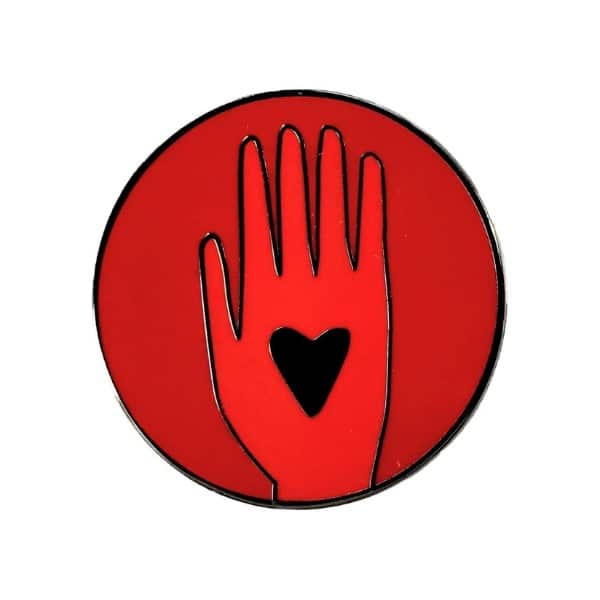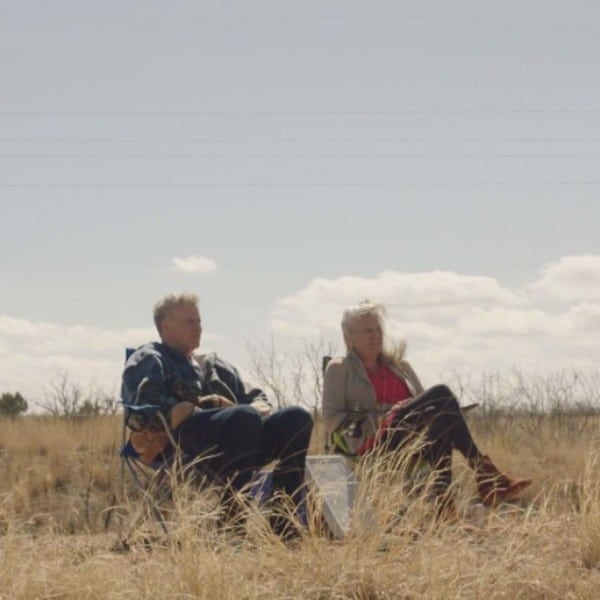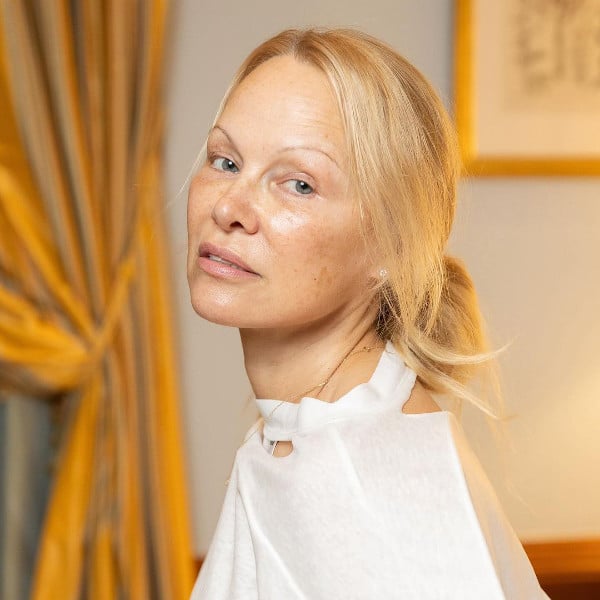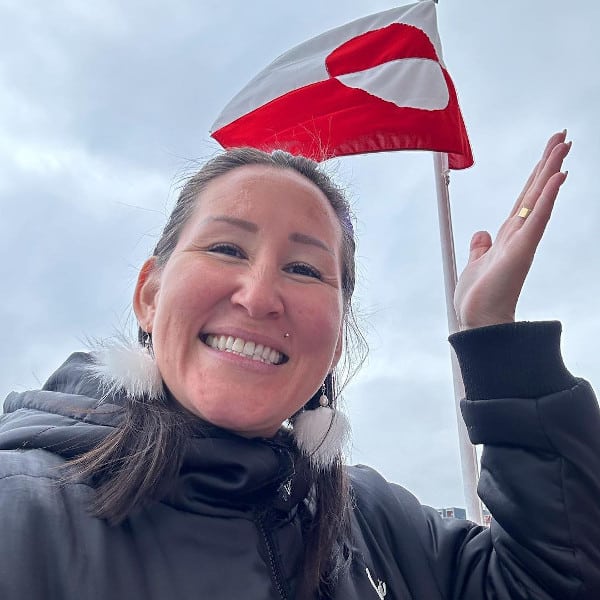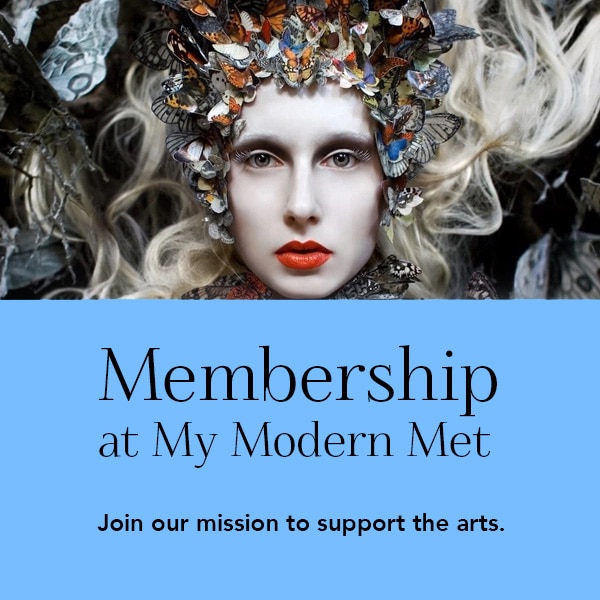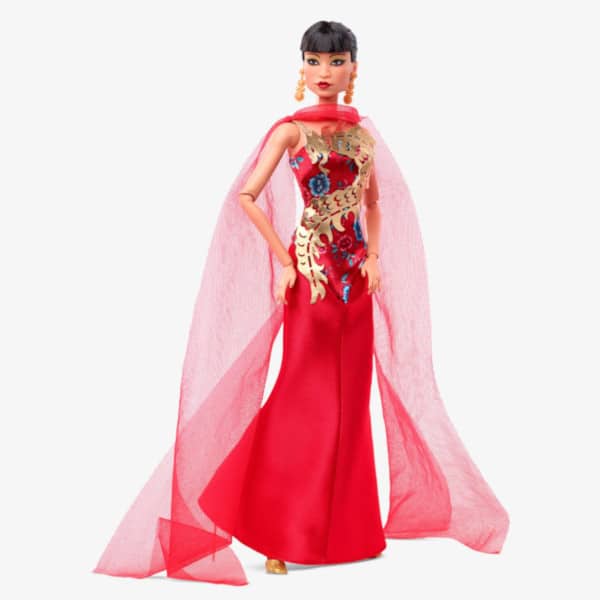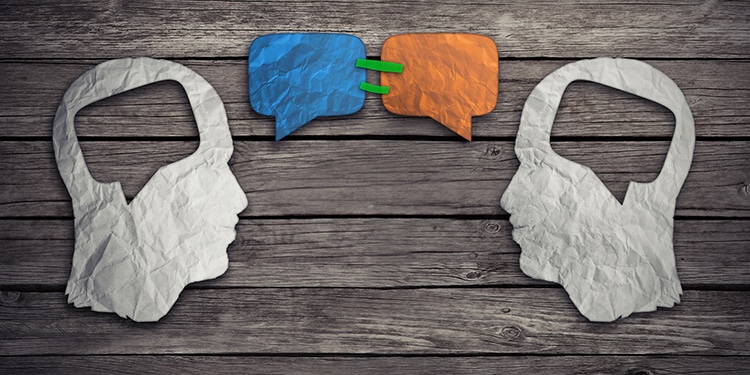
Photo: SLPHOTOGRAPHY/DepositPhotos
Most libraries have shelves overflowing with well-worn paperbacks and hardcover books encased in shiny plastic. Late fees and frequent shushing noises are common. In 2000, a group of innovators in Denmark came up with a different kind of library—the Human Library, or Menneskebiblioteket in Danish. What began as an event designed for the Roskilde Festival has since transformed into a global phenomenon where “readers” can check out a human “book” for half an hour. Each “title” offers an opportunity for dialogue over difficult questions, a process which the library hopes will help us all “un-judge” one another.
The first human library was organized by Ronni Abergel, his brother Dany, and their colleagues Asma Mouna and Christoffer Erichsen. As a four-day event at a festival, the project was experimental. However, over a thousand readers came to peruse the human books available. The books themselves were chosen to represent often misunderstood or stereotyped groups. The initial library was a success leading to the foundation of the Human Library Organization, which has since carried on the lending of human books.
People can be part of the Human Library in two ways. One can volunteer to be a book and to offer first-hand knowledge of an experience or identity. The books are titled simply, in fact quite bluntly. Among the Human Library are books entitled “Alcoholic,” “Bipolar,” “Depression,” and “Convert.” While these titles may seem reductive, the Human Library hopes readers will pick a topic but come to know the book for so much more than just the cover and title. Volunteer books agree to share their experiences—a commitment which requires patience, empathy, and a level of comfort in sharing.
Another way to experience the Human Library is as a reader. Readers check out books for half an hour and must return them on time. While being respectful, the library creates a space where readers can listen to the stories of books. Readers are encouraged to ask the difficult questions they always wondered but never had a chance (or felt it was polite) to ask. Specifically, the library hopes it will be “a place where people who would otherwise never talk find room for conversation.”
Of course no one “book” will have the exact same experience as another who shares their “title.” However, this voluntary human connection offers opportunities to form an opinion about issues affecting a community by speaking directly to a member of said group. The Human Library Organization today holds pop-up events around the world and even has permanent borrowing locations in several cities. They also work with corporations as a rather unique provider of diversity and inclusion training.
Ultimately, we should not have to meet a member of a group to recognize their humanity, learn about their experience, or respect their concerns. However, research has shown that positive interaction with individuals can effect a person's tolerance and views of the group to which that individual belongs. As phrased by Bill Carney (a human book using the title “Black Activist”) to Forbes, “It’s easy to hate a group of people, but it’s harder to hate an individual…”
He elaborated, “I’m not pompous enough to believe that a 25-minute conversation with me is going to change anybody. What I am pompous enough to believe is that if I can just instill the slightest bit of cognitive dissonance, then their brain will do the rest for me. And it will at least force them to ask questions.” This is the process of “un-judging” which is central to the Human Library's mission.
To find out how to become a book or a reader, check out Human Library Organization for more info.
The Human Library Organization is a global project where readers can check out human “books” to learn more about experiences different from their own.
View this post on Instagram
The library's mission is to connect people who might not normally meet to discuss the hard topics they always wondered about and thereby build both knowledge, tolerance, and understanding.
View this post on Instagram
Human Library Organization: Website | Instagram | Facebook | YouTube
Related Articles:
Art History: Ancient Practice of Textile Art and How It Continues to Reinvent Itself
Sister Duo Weaves Textured Wall Hangings Inspired by Australian Landscapes
How to Crochet: Learn the Basics of This Time Honored Handicraft
Artist Fills Forest with Life-Size Sculptures Made from Woven Rods of Willow












































































